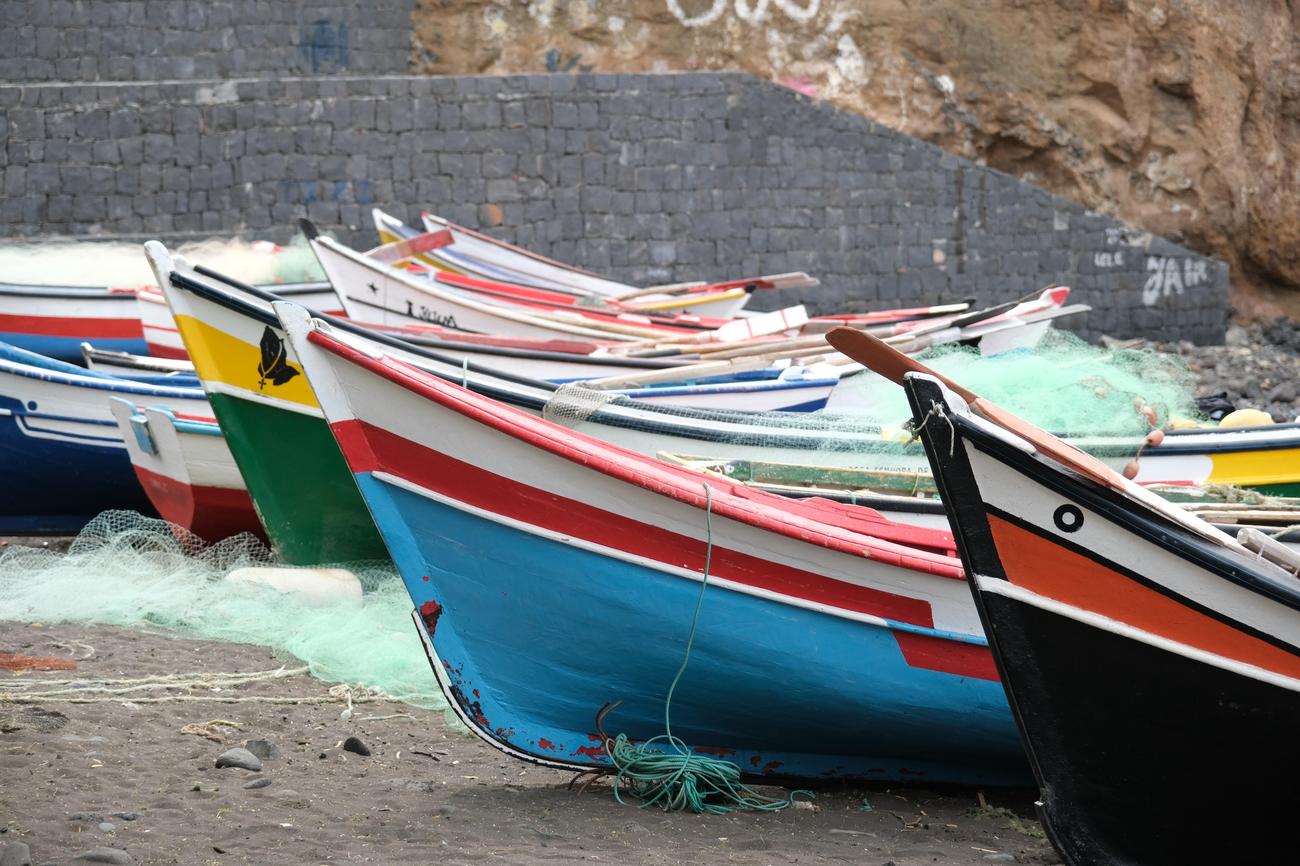Are you ready to dive into the fascinating world of national flags? Join me on a journey as we unravel the captivating history and symbolism behind the Cape Verde flag. As an experienced journalist with a passion for unraveling the stories behind national symbols, I am here to guide you through the rich tapestry of cultural heritage encapsulated within this emblem. Prepare to be amazed by the tales of triumph, resilience, and identity that lie within the vibrant colors and intricate designs of the Cape Verde flag. Get ready to uncover the secrets and significance that make this flag a true masterpiece of symbolism.

Cape Verde Flag
The Cape Verde flag is a beautifully designed symbol that encapsulates the captivating history and diverse symbolism of the nation. Adopted on September 22, 1992, it replaced the original flag used during Cape Verdean independence. Before gaining independence from Portugal, Cape Verde did not have an official flag and used the Portuguese national flag instead. However, in the late 1960s, a proposed flag for the Portuguese overseas province of Cape Verde was never adopted.
The design of the current Cape Verde flag draws inspiration from the flag of the African Party for the Independence of Guinea and Cape Verde (PAIGC), which played a crucial role in Cape Verde’s struggle for independence. It features five horizontal bands of blue, white, and red, with a circle of ten yellow five-pointed stars. The topmost blue stripe occupies half the height of the flag, making it visually striking and unique.
The colors and elements of the Cape Verde flag hold profound symbolic meaning. The blue bands represent the vast sea that surrounds Cape Verde, symbolizing the country’s reliance on the ocean as its most critical resource. The enticing blue of the flag not only represents the natural beauty of the surrounding waters but also reflects the nation’s economic dependence on fishing, maritime activities, and tourism.
The circle of ten yellow stars represents the ten main islands that form Cape Verde. Each star represents an island, with five islands in the windward group and five in the leeward group. These islands are the pillars on which Cape Verde’s cultural heritage and national identity are built. Together, they represent the unity and solidarity of the Cape Verdean people, despite their geographical dispersion.
The Cape Verde flag serves as a powerful symbol of the country’s independence and its historical connection to Guinea-Bissau, another former Portuguese colony. It stands as a proud testament to the struggles and achievements of the Cape Verdean people in their quest for self-determination. The flag’s prominence extends beyond national boundaries, making it a recognizable symbol of Cape Verde’s rich history and cultural heritage.
In addition to its visual representation, the Cape Verde flag is accompanied by the national anthem, “Cântico da Liberdade” (“Chant of Liberty”). This anthem further reinforces the sense of national pride and unity that the flag embodies. The anthem’s lyrics evoke feelings of liberation and celebrate the freedom that the Cape Verdean people have fought for and achieved.
The current flag has remained in use since 1992 and has become an enduring symbol of Cape Verde’s national identity. It is raised high during national celebrations, sporting events, and official ceremonies, proudly representing the spirit and resilience of the Cape Verdean people.
In conclusion, the Cape Verde flag holds a captivating history and profound symbolism. Its design, colors, and elements reflect the nation’s connection to the sea, its geographical composition, and its struggle for independence. The flag stands tall as a testament to Cape Verde’s national identity, reminding its people of their heritage and inspiring pride in their accomplishments.
Cape Verde is a stunning archipelago located off the coast of West Africa. If you’re looking to expand your knowledge and discover something fascinating, we’ve compiled a collection of fun facts about Cape Verde that are sure to pique your interest. From its vibrant culture to its breathtaking landscapes, Cape Verde has so much to offer. So, why wait? Take a journey with us and explore these amazing fun facts about Cape Verde.
To start, did you know that Cape Verde is home to some of the most beautiful beaches in the world? Whether you’re a sunbather or a water sports enthusiast, this island paradise has something for everyone. Want to know another interesting fact? Cape Verde is known for its lively music scene. From traditional morna to the pulsating beats of funaná, the vibrant sounds of Cape Verdean music will truly captivate your soul.
But that’s not all! Cape Verde also boasts stunning natural wonders, such as picturesque volcanic landscapes and breathtaking hiking trails. With its unique blend of African and Portuguese influences, Cape Verde offers a rich cultural experience that will leave you craving for more.
So, if you’re ready to embark on a journey of discovery, click here to uncover more fun facts about Cape Verde. Trust us, you won’t be disappointed!
Cape Verde Flag is a symbol of national pride and identity, representing the rich history and vibrant culture of the country. The colors of the flag, blue, white, and red, hold deep significance. The blue signifies the vast Atlantic Ocean that surrounds the archipelago, while the white represents peace and purity. The eye-catching red is a symbol of the resilience and bravery of the Cape Verdean people. To truly understand the meaning behind these colors and delve into the symbolism behind the Cape Verde Flag design, click here: Cape Verde Flag colors and meaning. This captivating article explores the historical significance of the flag, uncovering its origin and evolution over the years. Discover the fascinating stories behind each element of the Cape Verde Flag by clicking on: Symbolism behind Cape Verde Flag design. Understanding the historical significance of the flag is crucial in appreciating the depth of Cape Verdean culture and heritage. To explore the rich historical background of the Cape Verde Flag, click here: Historical significance of Cape Verde Flag. Journey through time and immerse yourself in the captivating narrative surrounding this iconic symbol.
Cape Verde: Exploring a Unique Cross-Cultural Gem
[youtube v=”q99tzGgkd4k”]
Located off the west coast of Africa, Cape Verde is a fascinating island nation that combines elements of both Africa and Portugal. With ten main islands, each with its own distinct character and influences, Cape Verde boasts a rich cultural landscape that is a melting pot of African and European traditions. From its diverse ethnic makeup to its breathtaking landscapes and unique weather patterns, there is much to learn and explore about this hidden gem.
Flag and Symbolism
The Cape Verdean flag represents the nation’s rich history and connection to Guinea-Bissau. Adopted on September 22, 1992, the flag features five horizontal bands of blue, white, and red, with a circle of ten yellow five-pointed stars. Each color and symbol holds significance: the blue bands symbolize the ocean, emphasizing Cape Verde’s reliance on the sea; the white bands represent the nation’s commitment to development and progress; the red bands symbolize the determination and hard work of its people; and the circle of ten stars represents the ten main islands that form the nation.
Geography and Landscape
Cape Verde is a cluster of ten main islands, shaped like a sideways V or a horseshoe, located about 400 nautical miles off the coast of Senegal. The islands are split into two separate groups: the upper Barlavento Islands and the lower Sotavento Islands. Each island offers its own unique geography, from flat and arid desert-like terrain to rocky landscapes that support lush vegetation. The islands are nestled along the coast of Africa, within the Macaronesia ecoregion, which also includes the Canary, Madeira, and Azores Islands.
Population and Ethnic Makeup
With a population of just over half a million people, Cape Verde is a diverse nation. The majority of the population identifies as Creole, a term used to describe people of mixed African and Portuguese ancestry. Cape Verdeans have a unique racial identity, often characterized by beautiful features that blend African and European traits. Alongside Creoles, there are also significant African and minority white populations, as well as communities of Asians and Arabs. This cross-cultural complexity enhances Cape Verde’s charm and makes it a truly distinct country.
Language and Cultural Influences
Cape Verde is a Musaophone nation, meaning that Portuguese is the official language. However, the country’s unique cultural background has also given rise to Cape Verdean Creole, a creole language that has developed its own distinct dialects across the islands. Influenced by Portuguese, African languages, and other European languages, the Cape Verdean Creole has become an integral part of the country’s cultural identity. The nation’s cultural influences are not limited to language, as Cape Verde has also been influenced by Portugal, the United States, the Netherlands, and Brazil, among others.
Relations with the International Community
Cape Verde enjoys strong relationships with several countries, with Portugal being a key player in its inner circle due to historical ties and support. The United States is home to the largest Cape Verdean community outside of the country itself, and the U.S. has historically invested in Cape Verde’s welfare even prior to independence. Musaophone nations like Brazil, Angola, and Sao Tome and Principe also share friendly relations with Cape Verde. Notably, Guinea-Bissau is considered Cape Verde’s brother country due to their shared history, culture, and language.
Conclusion
Cape Verde is a truly unique nation that embraces its cross-cultural complexity. With its diverse population, stunning landscapes, and cultural richness, the country offers a glimpse into a harmonious blend of African and European influences. From its flag symbolizing unity and solidarity to its language reflecting its mixed heritage, Cape Verde is a place where the best of both worlds converges. Explore this hidden gem and discover the beauty and vibrancy of Cape Verde.

FAQ
What is the significance of the Cape Verde flag’s design?
The Cape Verde flag consists of five unequal horizontal bands of blue, white, and red, with a circle of ten yellow five-pointed stars. The design represents various elements of Cape Verde’s history and identity, including the sea surrounding the country, the ten main islands, and its ties to Guinea-Bissau.
When was the current Cape Verde flag adopted?
The current national flag of Cape Verde was adopted on September 22, 1992, replacing the flag that was used during Cape Verdean independence. The design and symbolism of the flag have remained unchanged since its adoption.
What do the colors on the Cape Verde flag represent?
The blue bands on the Cape Verde flag symbolize the sea surrounding the country, which is considered to be its most important resource. The white band represents peace and harmony, while the red band symbolizes the strength and resilience of the Cape Verdean people.
How many stars are there on the Cape Verde flag and what do they represent?
The Cape Verde flag features a circle of ten yellow five-pointed stars. These stars represent the ten main islands of Cape Verde, each contributing to the country’s cultural diversity and overall national identity.
What is the historical significance of the Cape Verde flag?
The Cape Verde flag holds historical significance as a symbol of the country’s independence from Portugal. It is based on the flag of the African Party for the Independence of Guinea and Cape Verde (PAIGC), which played a crucial role in the fight for independence. Additionally, the flag represents Cape Verde’s historical ties to Guinea-Bissau, another former Portuguese colony.
- Unlocking Francis Alexander Shields’ Finance Empire: A Comprehensive Biography - July 12, 2025
- Unveiling Francis Alexander Shields: A Business Legacy - July 12, 2025
- Francis Alexander Shields’ Business Career: A Comprehensive Overview - July 12, 2025















